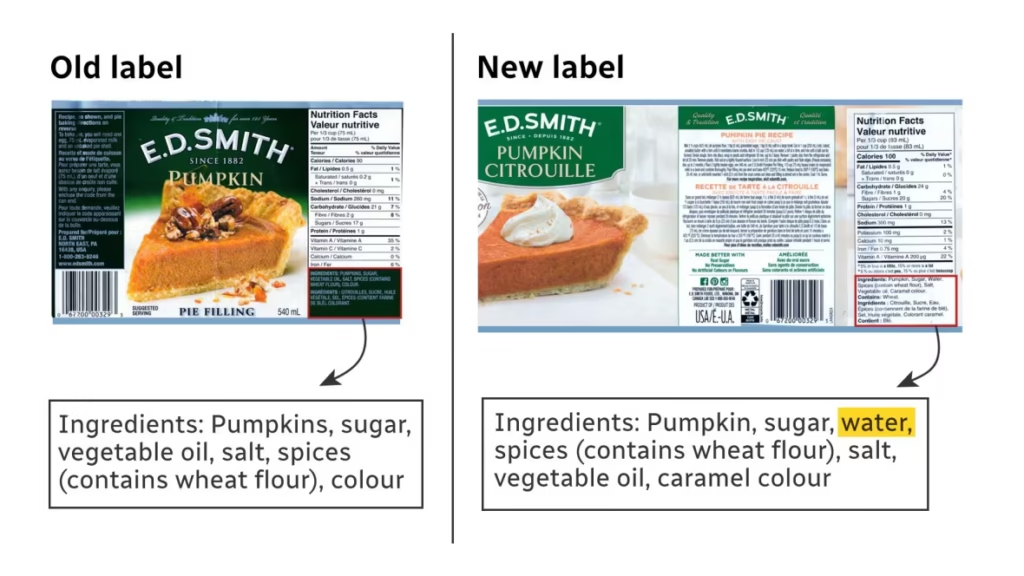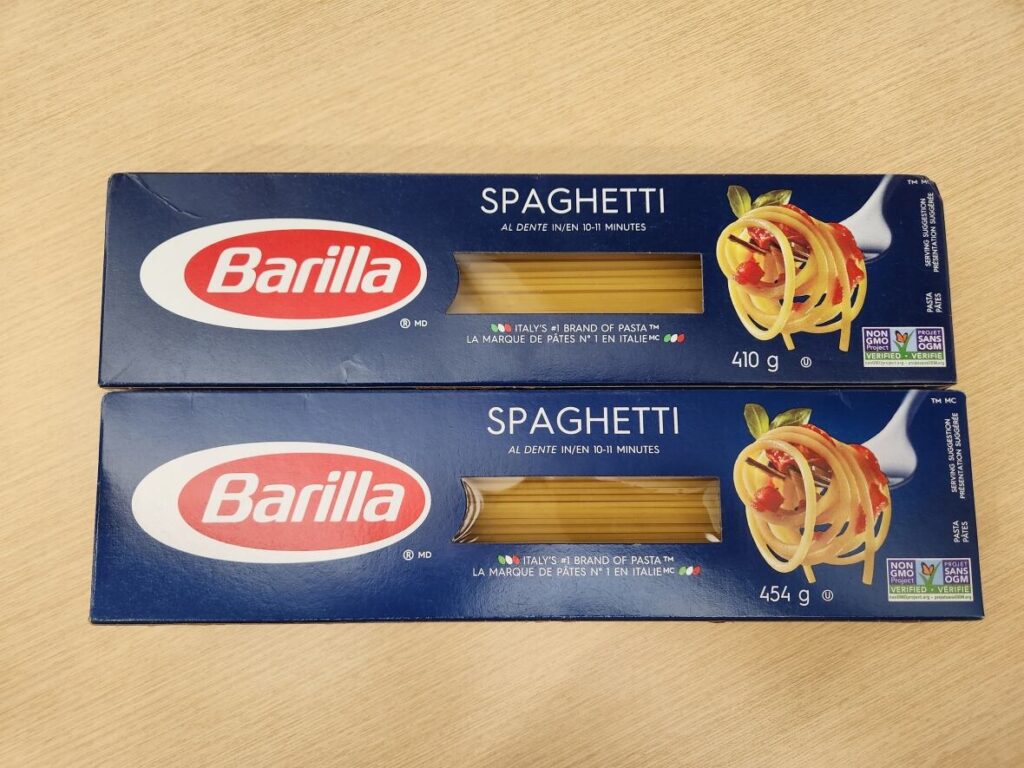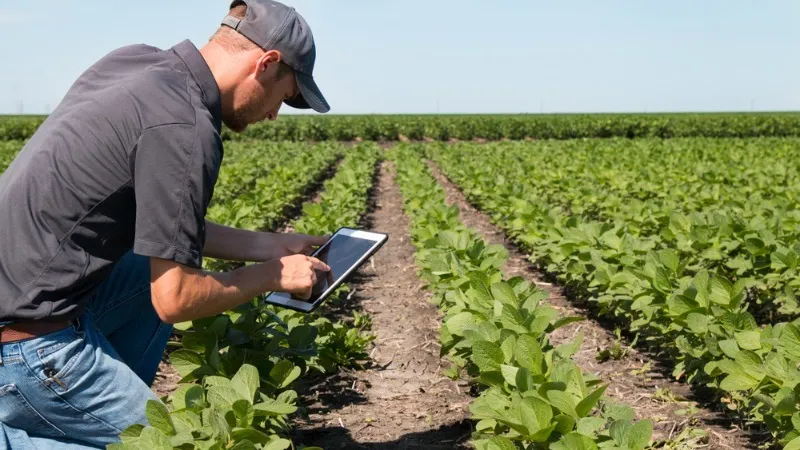Canadians are paying more for less as companies shrink products and change ingredients, new investigation reveals

With prices for all kinds of consumer goods rising in 2024, many consumers are unknowingly paying more for less. Experts agree that greater transparency is needed to help people spot when companies subtly reduce the size or quality of products while charging the same or more.
Shrinkflation is one tactic where companies shrink product size or weight without raising prices. A lesser-known form involves swapping ingredients for cheaper alternatives or adding water while cutting other ingredients.

Economist Armine Yalnizyan suggests government intervention, particularly in sectors with little competition, like grocery stores. She said, “We really don’t have something that works in the interest of consumers, even though we’re a highly consumer-oriented society.”
The Competition Bureau announced it would investigate grocery store competition and offer suggestions to improve it. However, business professor Daniel Tsai notes the bureau’s limits, as it can’t study how costs like transportation or ingredients affect grocery prices. He said, “That strikes me that big price increase, with the reduction in quantity and increase in price, seems to be disproportionate with actual inflation numbers.”
Shrinkflation has been tracked in several products that have shrunk in size while their prices rose. Betty Henry, a consumer from London, Ont., noticed a difference in E.D. Smith’s Pumpkin Pie Filling. She said, “It was more pumpkin soup than pie filling.” In the new version, vegetable oil had been replaced by water as the third-largest ingredient.
Henry found it a sneaky way to cut costs, as the price of the filling rose by over 50% since January 2021. She added, “I just found it a sneaky way to cut down on costs. I don’t like paying for water. You can get it out of the tap, you don’t need to buy it.”
Winland Foods, which acquired E.D. Smith, responded by saying the change happened under previous ownership, but CEO Eric Beringause promised to look into it. He said, “I’m sorry to hear that they were disappointed in the product and I will personally look into it.”

Pearl Milling Company’s Maple Syrup Lite also underwent shrinkflation. The product, once 750 millilitres, was reduced to 710 millilitres but kept the same price for a month before increasing. By October 2022, the price hit $2.97 for the smaller version.
Tsai criticized this price hike, saying it seemed unjustifiable compared to inflation. He urged, “manufacturers and retailers need to be more transparent about price increases and why they are occurring.”
Barilla pasta also shrank from 454 grams to 410 grams, with the price increasing by over 25%. Despite claims from Barilla that the changes were due to rising raw material and logistics costs, Tsai believes affordable products like pasta should not be getting pricier.

In Canada, companies are not legally required to notify consumers when they shrink products. In contrast, Brazil mandates that companies list product size changes on labels for six months. This regulation helps track shrinkflation and could benefit Canadian consumers, according to Yalnizyan. She said, “I think the idea is promising with respect to educating the public, and to identify what types of products are prone to shrinkflation.”



